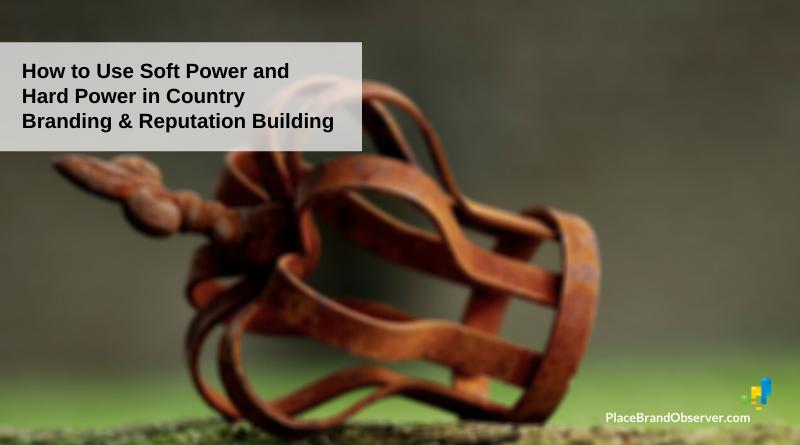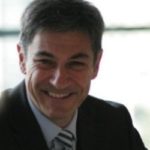In this highly interconnected world, it is common for countries to use intangible resources as their soft power to influence their reputation – how they are perceived by others. But there are also instances when countries employ hard power – economic or military – to reach their objectives.
We wanted to know from our panel of place brand specialists how to merge soft and hard power in the context of country branding, public diplomacy and nation reputation building. Here’s what they answered (in alphabetical order – highlighted respondents are available for consulting, research, or as speakers).
Christopher Hire
Hope no one notices! I think the French do this well. France’s history of diplomacy and subtlety lends it an era of authority in the corridors of power. France often remains a reputation place – and Macron has done well in his Beirut intervention (seemingly, to a non-Lebanese outsider).
Jeannette Hanna
We always work with our clients to identify what a place can ‘own’ and what it can ‘influence’. Ownership is about tangible attractors – economic clout, cultural assets, geographic advantages, and so forth. Psychographic traits can also play that role. New York’s infamous drive and hustle are as much a part of the city’s draw as the Empire State Building.
Even tiny places can have outsized influence if they think creatively enough. The Faroe Islands took on Google with its delightful “Sheep View” campaign.
Estonia’s e-Residency program was the world’s first government-issued digital identity for entrepreneurs for accessing EU customers and EU startup funding. In 2018, Estonia’s e-resident population had grown to about 50,000 people from 157 countries who have established around 6,000 new companies through the programme. Whether you call it soft or hard, that’s a powerful way to create new value.
Juan Carlos Belloso
I think both soft and hard power should be interlinked and consistent in place branding or reputation building. Many times, soft power efforts try – or are used – to hide hard power mistakes or policies but both need to be seen as a part of the same objective.
Natasha Grand
All communication and ‘power’ tools ideally come from the same ‘heart’, so both the hard and soft tools would reflect the same core idea, messages, and character of the place.
Todd Babiak
I suppose the bottom-up activity of brand partnership, in the community, is the most powerful source of soft power. If we do the job well, the story is true. Citizens will own it and build with it. And leaders will feel obliged to embrace it.
The strength of hard power comes when leaders not only embrace the brand but use it as a lens for decision-making and local, regional, national, and international relations. It brings consistency and discipline to our efforts.
Tom Buncle
Yellow Railroad Consulting / Speaker profile
Talk to each other! For example, governments, diplomats, place marketers/branders, DMOs, and NTOs need to sit around the same table and find common cause.
This then needs to be followed by a jointly owned plan of action, with responsibilities allocated to those with the relevant skills. But this needs to be done at the highest level. Leadership must come from the top. If it is initiated by a marketing director, it will hit the sand before it even starts. The ‘Britain is Great’ campaign was a good example of how to do this well.
Jaume Marín
Reputation building should be considered as one, so if you develop a mid-long term strategy everything should be done according to that. Therefore, here you will find the mix of both hard and soft power with a very common objective.
José Pablo Arango
Soft power is the opposite of hard power. When you use hard power you don’t care about reputation. When you use soft power, you take advantage of it.
Previous questions answered by the panel here.
You’d like to ask the panel a question? Get in touch!
Enjoyed this snapshot of expert views on how to merge soft power and hard power in the context of country branding, public diplomacy and reputation building? Thanks for sharing!








